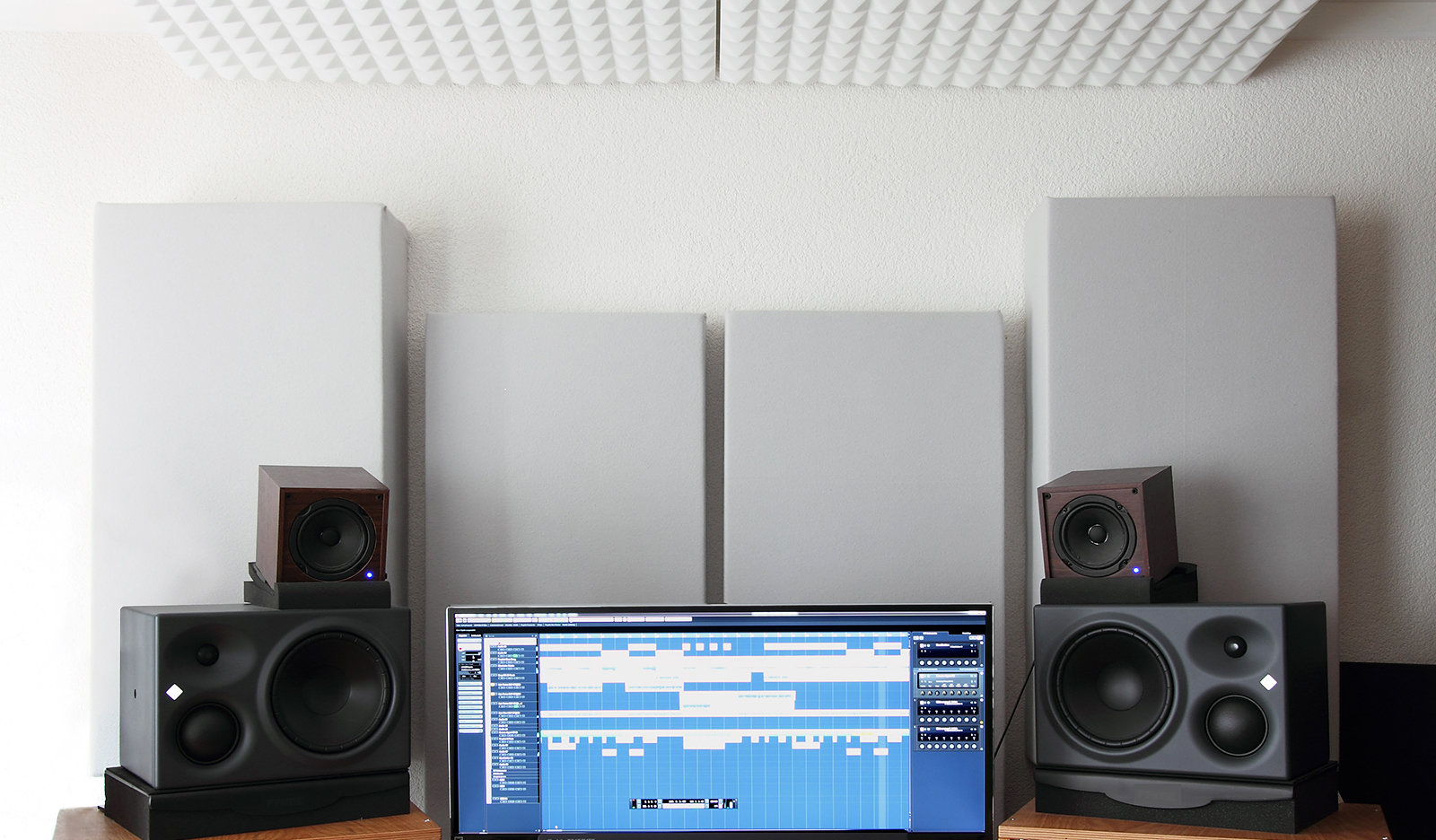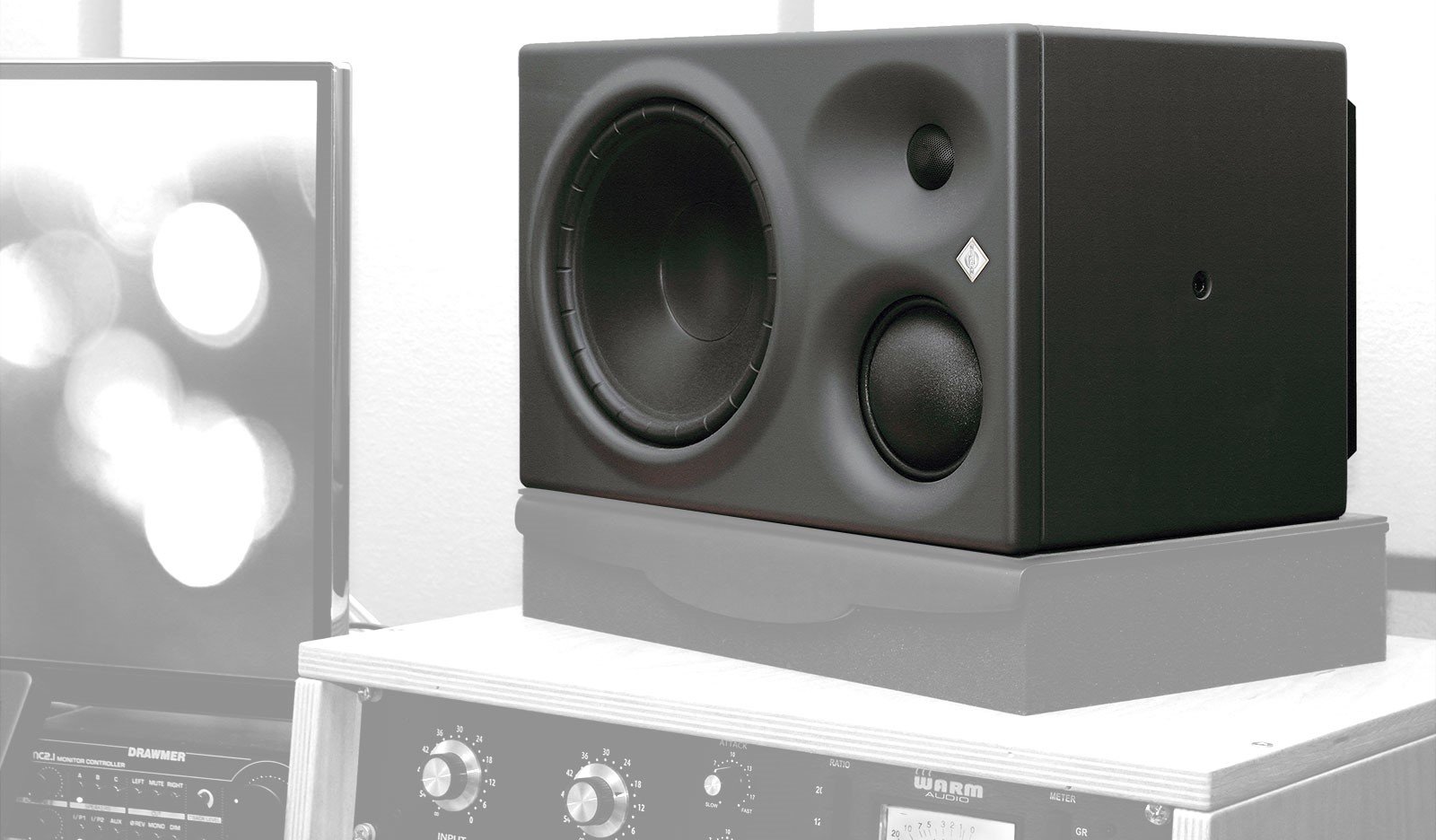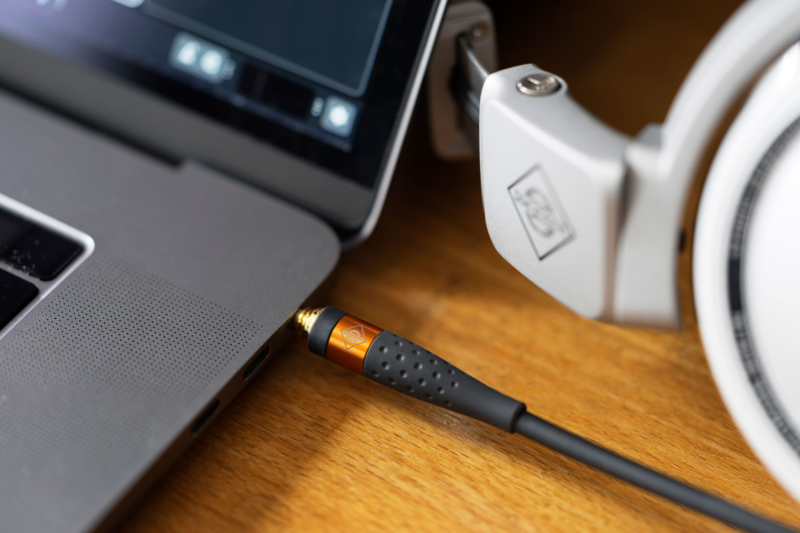DO I NEED A DEDICATED HEADPHONE AMPLIFIER?
Once just a tool or „ersatz“, headphones have become the preferred playback device for many music enthusiasts. On the production side, too, headphones have gained in importance. Professional engineers appreciate them as an additional perspective, while home studio users enjoy the convenience of being able to work on their tracks anytime, anywhere without disturbance. The question is, how do you get the best sound out of your headphones?
There are two basic reasons why you might want to consider buying a dedicated headphone amplifier: getting more volume and/or getting better sound. To find out if a dedicated headphone amplifier would be an improvement over your existing headphone output, we need to get a better understanding of the interplay between headphone and the output stage driving it.
VOLUME
There are two key parameters that determine how “loud” your headphones are:
Sensitivity
Headphones come with different sensitivity ratings. Which is to say, they produce different volume levels at a given input level. Due to advances in technology, modern headphones tend to be “louder” than older models.
Sensitivity is specified as either sound pressure level per volt (dB SPL/V) or sound pressure level per milliwatt (dB SPL/mW). Both methods are widespread, and, unfortunately, the conversion formula is quite complex. But you can find online calculators on the web such as this one: http://www.digizoid.com/headphones-power.html Let’s just say that the higher the figure, the “louder” (i.e. more efficient) your headphone. Sensitivity varies quite a bit from about 80 to 125 dB SPL/mW. Modern headphones are often around 105 dB-SPL/mW, which is ample.
Impedance
Headphones come with impedance ratings ranging from about 16 ohms to 600 ohms. That’s quite a scale! Loudspeakers, by comparison, only range from about 4 ohms to 16 ohms. As you may know, a 4 ohms loudspeaker is typically much louder than a 16 ohms loudspeaker of the same type – at least on a solid state amplifier (tube amplifiers often have dedicated outputs for various speaker impedances). That’s also true for headphones: Low impedance models are usually “louder” than high impedance headphones.
Up until the 1990s, studio headphones tended to be high impedance models (250 – 600 ohms). These days, high impedance headphones have become quite rare. Mostly because we use more and more battery powered devices and other gear operating on low voltage rails (e.g. bus powered audio interfaces). Such devices require low impedance headphones to achieve adequate volume. Therefore, most modern headphones are low impedance models, typically ranging between 16 and 100 ohms. Such headphones will be plenty loud on any phones output. But what about sound?
SOUND QUALITY
The interplay between headphone and headphone amplifier also affects the sound quality. Again, impedance is a key parameter.
Distortion
The lower the headphone impedance, the higher the load it presents to the headphone output stage. The higher the load, the harder the output circuit must work – and the more distortion it generates! Thus, low impedance headphones are good in terms of volume but are bad in terms of distortion. A medium value (like 150 ohms on the Neumann NDH 20) is usually a good compromise for ensuring sufficient volume and low distortion.
The following graph shows the frequency responses of a low impedance headphone (red) and a medium impedance headphone (blue), measured at various driving impedances. The low impedance headphone is affected more than the medium impedance headphone, especially at low frequencies.
Frequency response
Impedance is not a static value but may vary over frequency. The impedance rating you’ll find in the data sheet is usually measured at 1 kHz. At lower frequencies the actual impedance may be much higher, sometimes by a factor of two or three. This, in turn, may affect the frequency response. How much, depends on the headphone amplifier – more specifically, its output impedance. If it is relatively high (above 50 ohms), it will translate the headphone’s impedance curve into audible changes in frequency response. This effect, too, is typically stronger for low impedance headphones.
Impulse response
Another aspect of sound fidelity is impulse response. A good audio system should reproduce impulses as accurately as possible. This requires proper damping keep the membrane from oscillating after the impulse has ended. Apart from acoustical damping, which is part of the headphone design, there is also electrical damping. Proper electrical damping is achieved if the output stage’s impedance is no more than 1/8 of the headphone impedance. Unfortunately, this is not always the case, especially with very low impedance headphones, which, accordingly, would require a super low driving impedance to achieve proper damping. For optimal sound with all types of headphones the headphone amplifier’s output impedance should be as low as possible, ideally no more than 2 ohms to ensure adequate electrical damping even with 16 ohms headphones. A dedicated high quality headphone amplifier should achieve this. But the phones outputs on audio interfaces are often around 20 ohms – too high for adequate electrical damping with low impedance headphones, which may result in muddy mids and a “floppy” bass response.
CONCLUSION
Generally speaking, all headphones benefit from a powerful headphone amplifier with low distortion and ultra low output impedance. The question, then, is, can you do without one? Can you get good sound and sufficient volume using the phones output built into your laptop or audio interface?
Well, it depends! High impedance headphones will often require a dedicated headphone amplifier to achieve adequate listening levels. Conversely, low impedance headphones, while having no problems achieving high volume, do profit from a high quality headphone amplifier in terms of sound quality – low distortion, full bass, and a fast transient response.
High sensitivity, medium impedance headphones (100 – 250 ohms), such as the Neumann NDH 20, are the least finicky: They will deliver enough volume on the vast majority of audio interfaces and other devices, and most headphone outputs will have a low enough driving impedance for optimal sound. So, while it’s never wrong to use a dedicated high quality headphone amplifier, with the right headphone, the difference in sound quality may be negligible compared the phones output built into your audio interface or computer.

Monitoring & Room Acoustics (1)
What are the Acoustic Requirements for Recording and Mixing?

Monitoring & Room Acoustics (2)
How to Improve the Room Acoustics in Your Home Studio.

Monitoring & Room Acoustics (3)
What’s the Difference Between Home Stereo Speakers and Studio Monitors?


